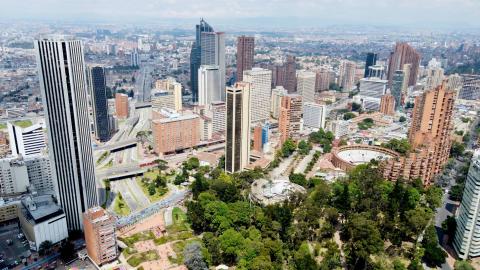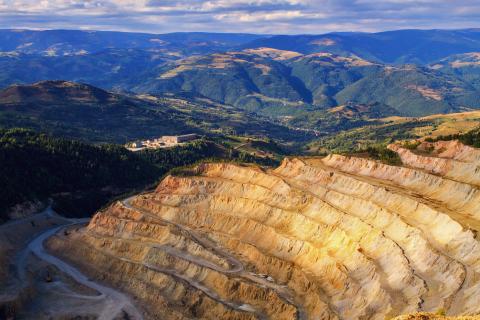
Extract or not extract? How the EITI can inform decision-making
Stimulating public debate
Lyydia Kilpi, EITI Civil Society Engagement Director, discusses the role that the EITI can play in informing debates around natural resource extraction.
Viiankiaapa is a protected wetland in northern Finland, my home country. Dotted with water pools, pine bogs and birch fens, the wetland is home to threatened plant and bird species. Traditionally, the land has been used for reindeer herding by the indigenous Sámi people. Underneath it lies a rich deposit of copper, nickel and cobalt.
To extract or not to extract? This is critical question for governments and communities hosting oil, gas and mineral resources. Guided by the belief that natural resources belong to a country's citizens, the EITI should not shy away from such debates where they are taking place.
Tough choices
When it comes to the costs and benefits of an extractive project, local communities, government officials and investors invariably have divergent interests and perspectives. How does the need for government revenue to run schools and hospitals weigh against the value of biodiversity or traditional livelihoods? Can the risks and potential negative impacts of extraction be mitigated?
The global transition to renewable energy adds a new twist to an old dilemma. In Norway, civil society filed a lawsuit against the government for allowing oil exploration in the Arctic, claiming that it was unconstitutional to open new oil fields amid the climate crisis.
As the energy transition gathers pace, debates over greenfield projects in the oil and gas sector will intensify, and information will be key to navigating these choices. The phasing out of fossil fuels will increase demand for minerals that are critical for producing clean energy. This is creating pressure to extract more copper, nickel and cobalt, the minerals contained in the Viiankiaapa deposit.
Address the information imbalance
In many resource-rich countries that are facing similar decisions as Finland, stakeholders do not have easy access to information and are not able to participate in decision making concerning the sector’s management. If stakeholders’ views are overlooked, their trust in government’s ability to manage the sector effectively may erode. A weak social license will make operating the extractive project challenging for the company, even if it is approved by the government.
Governments and companies can support informed debate by disclosing environmental and social impact studies, ensuring that the licensing process is transparent and publishing data about how they are managing the energy transition – linking this information to data on the proposed project where it is relevant. They can also make available information about the potential benefits of extractive projects, which may include revenues, employment and social payments.
Bring new actors into the EITI
Civil society organisations who are engaged in the EITI process can promote dialogue with groups that oppose oil, gas and mining projects. In some countries, such groups choose to opt out of the EITI because EITI implementation focuses primarily on revenues and payments and does not directly address their concerns. But the scope of the EITI can be adjusted to reflect different stakeholders’ priorities.
The annual EITI work plan – a required element of EITI implementation – is an opportunity to ensure that national multi-stakeholder groups focus on issues that matter to citizens. This could involve improving participation in decision making and addressing specific information needs that help address questions about the future of the extractive sector.
As for Finland, the fate of Viiankiaapa remains unresolved. Those who support establishing a mine in the area argue that the project can create jobs, would respond to the increasing demand for minerals and would adopt environment safeguards. Opponents maintain that a unique conservation area has no price tag. In countries that implement the EITI, the multi-stakeholder group should be an arena for these discussions.
Photo credit: Antti Leppänen on Wikimedia Commons.
Related content





